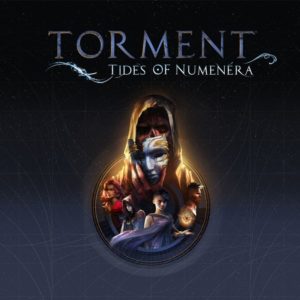 The Definition of Nostalgia.
The Definition of Nostalgia.
I loved 1997’s Planescape: Torment. It remains one of very few games I’ve played through more than once. It was, finally, a video game where it seemed your choices mattered. If you squint hard, you could even see strains of the ideas of Torment show up in the Night Angel trilogy. Big fan. Nuff said.
So I came in to Torment: Tides of Numenera, the spiritual successor to Planescape: Torment with high hopes. The IP is different, sure, so it’s not exactly supposed to be the same thing, but it’s totally supposed to be the same thing.
Trouble is, gaming has changed since 1997. I’ve changed. When my character gets stuck while simply trying to walk around a corner and the movement feels cludgy, in 1997 I just tried again (and again, often); now my tolerance is much lower. “I’m getting stuck on corners? Really?” If you want to evoke an old gaming style, that’s great—but remind us of the good stuff, and quietly fix the b.s. we tolerated because we didn’t know any better, and programmers didn’t either.
The game starts fantastically, making you make tense choices that seem like they’ll have a permanent and an immediate impact—pun intended, if you’ve played. But then they neutered that by giving you the ol’ standard Hall o’ Creation: “Didn’t like any of the choices you made ten minutes ago? They didn’t actually matter, you can undo all that and choose your character type here.”
Oh, very daring. No actually, how incredibly safe. I mean, if a player was just being an idiot and choosing things they really didn’t mean, what’s the worst punishment they would receive if you stuck them with the character they’d chosen to play? Well, they’d have to start a new game, and lose ten minutes of their life—and play the character the way they actually wanted to play the character. That’s not actually bad. You would have shown–in a very few minutes–that the choices matter.
But because they neuter your choice and stick you in front of the long descriptions of how each character type works and what its flavors are—which are totally NOT Fighter, Thief, and Mage. (But totally are.)
So then I’m stuck in the same old familiar What Kind of Fun Do I Want To Have loop that’s sadly so standard in RPGs. I love playing stealthy characters, but it’s really hard to make a game where stealth is a viable and fun path: ergo “Nope, there’s two guys facing each other at that fire. You can totally backstab one of them, but the other one will kill you or chase you forever.” It is precious few games that manage a balance of making you weak (but a badass when you’re in your element so that YOU are what’s scary in the shadows), that expose you to real danger if you mess up, but also allow you to get back into the shadows if things go wrong but you think fast. Think Splinter Cell: Chaos Theory (since we’re going very old school here) or the multiplayer in Splinter Cell: Double Agent.
Here you can choose to be a charming character—which means you’re hoping the designers and writers worked together nicely to give you many situations where the dialogue is more interesting for the charmer and often tilts the direction of an encounter. But of course, you’re always trusting the game designers in some way, right? I mean, usually the Fighter is the most boring of the character types because he or she has the fewest options, but you hope that the designers at least make you feel like a boring badass who destroys people in interesting ways and has visually cool effects that no other character gets.
Well, this is Torment. The writing has to be good, right? And they make a big deal out of how you don’t even have to fight if you don’t want to, so charming is clearly a good option.
But being stuck in this (totally unnecessary) creation screen reading all the character categories and their sub-categories (which feels necessary because they tell you that these are definitely NOT Fighter, Thief, and Mage) definitely makes me think about the creators of the game, rather than being immersed in the game—which I’d been so immersed in as I fell from the sky.
Another fantastic trick they pull that I loved: they make you make a big choice right away between two characters accompanying you. You don’t have enough information to decide between them, but you have to decide anyway. It’s actually the same trick as before (make a huge choice with limited understanding of the fallout—pun intended again, sorry—and let you wallow in the agony of wondering what you’ve missed out on). This time they don’t walk it back, though.
Which is weird, if you think about it. They’ve JUST taught you that you can walk back significant character decisions. So I’m expecting that by the time I get to the first little town, if I decide Doofus 1 isn’t my bro, I’ll find Doofus 2, who’ll say, “Are you tired of that guy?” And I’ll say, “Yeah.”
But they don’t.
In isolation, I really really like the trick. It makes your choice feel like it matters. Sorry, you don’t get to see everything in this game, they’re saying. But what you see will be different than what others see. It’s that big.
In conjunction with the previous big decision that you can walk back, it’s bad design because it’s confusing. Is this a game that gives you choices that you get one shot on (which makes them feel momentous), or is it a game that gives you second chances if you clicked the wrong place (which makes it feel more forgiving)? The first two huge choices offer the opposite answers. That makes this 40 Year Old Gamer distrust the game designers.
I love the art. It’s just fantastic.
I love the quirky characters.
I love the weirdness.
I’m guessing “Overwhelm the Player with the Bigness” was a guiding principle here, because very shortly after you begin, you’re dumped into a city. This does indeed make the world feel big and weird, and I would like it more if the entire stat and inventory systems didn’t already feel weird and complicated. Like, this “Oddity” is a book with an intriguing title. Seems like it could come in handy later… but it’s an oddity. Does that mean I can always sell those, and it won’t screw up the plot, or not?
There’s a reason most games have you enter a small town first before you get to the big city.
Pretty quickly, I come upon a major irritation: I can’t find a place to sleep. No, seriously, my character can survive a fall from 40,000 feet, but he can’t sleep in a fucking field or a ditch. I’d already exhausted my main stat pool (you spend it to try harder tasks, and refresh it by sleeping), so I wander the town, failing easy stat checks and reloading to try them again—“Come on 50% chance!” all in order to find a place to sleep. I find a place, and it’s too expensive. What? The three characters I’ve just had join me are totally impoverished, too? Screw those guys. Where have they been sleeping?
I’m a godling who can’t find a place to sleep. For two hours.
I’m not sure why loading between areas is so slow. There’s nothing 3D here. Most of the background is painted, and static. Shouldn’t this be snappy, even on a console?
Once I finish a quest to earn a place to sleep—yes, seriously, but I still have to pay for it! This is a HUGE city… with one hotel. Choices galore, here, folks!
Then I find out I’ll be punished if I sleep too often. Plot lines advance every time you sleep, and the first ones they show you are bad–a serial killer murders another victim each time you sleep. (So it’s not just that the world advances, it’s that they’re trying to teach you not to sleep and refresh those stat pools.) Now, I can dick around awake as long as I want, and I have to, because I’m revisiting areas to see if I screwed up a dialogue option. I can even die and come back, but as soon as I sleep, that plot line advances. Now, obviously, this is meant to put some stress on the player to hurry up and find that murderer. But it’s obviously meant to punish you for using your stat pools too much. That feels capricious. You have these great abilities, but they don’t want you to use them.
Designers, not every choice should be agony. It’s okay for the charming character to put some effort into charming.
But for me, it IS agony, because the last time I used my stat pools, I got stuck for two hours of real time in an artificial and weird way.
The effort system that works so well in the Numenera table-top gaming system that this is based on doesn’t survive the transition well. Like, I used enough effort that I had an 80% chance to beat that fighter guy, and I failed. You really think I’m not going to reload my save? Did we not grow up playing games at the same time? Fine, THIS time, I’ll use more effort, and definitely beat him—but now I can’t sleep or you’ll punish me? Do I need to go back to the 80% try and reload the save over and over again until I succeed?
Oh, reloading my save takes three minutes? Fun.
No. That’s not my definition of ‘fun’.
I end up feeling the hand of the game designer everywhere, but it doesn’t feel highly polished. Maybe this is a fault in the expectation—Planescape: Torment was a AAA title. This is not. That’s fine. Yes, it’s only $40 (rather than the normal $60 here in the US). But… they’re the ones who billed it as a successor to a AAA game. I expect a AAA level of polish. Or at least AA. I expect snappy loading when the CPU is dealing with isometric screens. I expect that they did play testing.
Yes, it is its own kind of a game—sometimes more a visual novel than a game, with huge long blocks of text. (Much longer than I remember in the original, which also had long blocks.) But if you’re going to have those blocks of text, and you’re going to release your game for consoles, make sure your font works well for consoles. Playing from my couch, (but on a big HD screen) everything would be fine… until I got to some wall o’ text and go ‘What? Did I suddenly get old?’ I think there’s a big font choice somewhere, but I’ve literally never had illegible fonts until this game. Playtesting. Do it.
There’s combat immediately, then no combat for hours. (Even if I hadn’t gotten stuck looking for a place to sleep.) This is not subverting expectations, it’s frustrating them: I’ve been slowly rewarded with a huge collection of weapons choices for all my characters, but there’s been no combat. If I need to pick between weapons, you have to give me a chance to use them.
I wanted to love this game so much. I came in to the experience with a great deal of good will, and a willingness to forgive flaws. (Some of the saltiness above only comes after I look back and examine the bad choices they made along the way.)
Eventually, picking up Torment: Tides of Numenera started feeling like a chore. I thought, “I need to give this another couple hours to turn things around. I need to love this.” But I didn’t love it. I realized I was playing it for nostalgia, not enjoyment. Torment didn’t live up to its name: it wasn’t torment to play, but it also was not a worthy successor to Planescape: Torment.
We think of nostalgia as a longing for an old time or good memories. Literally is comes from Greek roots for ‘returning home’ and ‘pain’. I came in to this game looking for the former, and I found the latter. Bad memories and disappointment now live alongside my old good memories and fondness. The magic is gone. Did. Not. Finish.

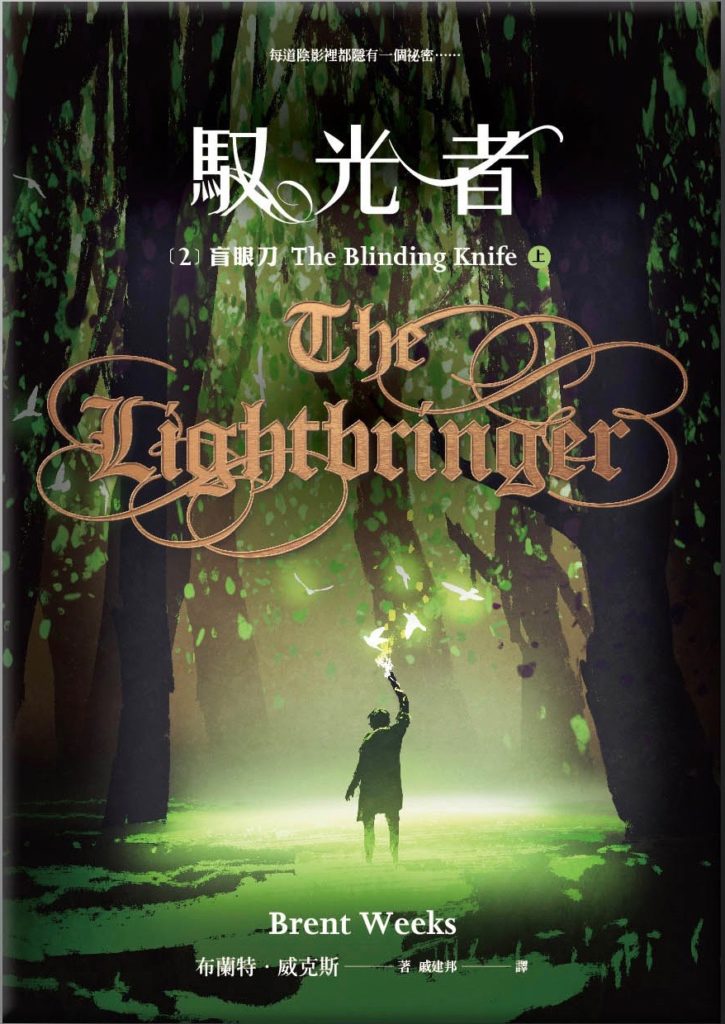
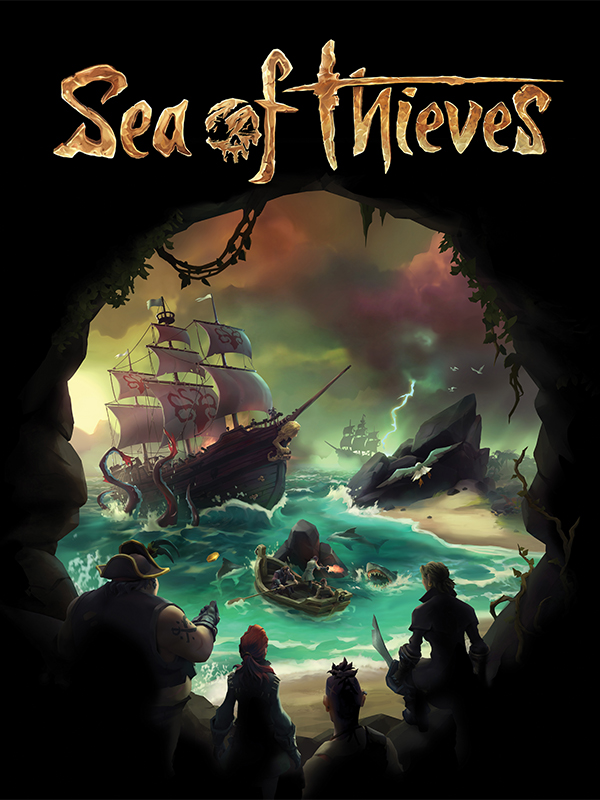 Sea of Thieves is a beautiful, joyful, pulse-quickening, sweet tech demo. The team obviously spent enormous effort, skill, and time in getting the water and the wind and the sailing just exactly right—and they are marvelous! Unfortunately, after years of development, they have little game to go with them. And the game industry has seen too many games live too long in development. This is a real problem, because a game that stays in development too long dies. A novel too long in development risks being over-written, but the tech doesn’t move past it. A novel in the works for ten years may risk feeling old school, or thrillers may seem ripped from yesterday’s headlines, but most genres are insulated from the dangers of time. A game in development for a decade, however, finds that everyone else’s graphics and even gameplay have moved beyond them. The audience no longer can be wowed by a game coded on an old game engine.
Sea of Thieves is a beautiful, joyful, pulse-quickening, sweet tech demo. The team obviously spent enormous effort, skill, and time in getting the water and the wind and the sailing just exactly right—and they are marvelous! Unfortunately, after years of development, they have little game to go with them. And the game industry has seen too many games live too long in development. This is a real problem, because a game that stays in development too long dies. A novel too long in development risks being over-written, but the tech doesn’t move past it. A novel in the works for ten years may risk feeling old school, or thrillers may seem ripped from yesterday’s headlines, but most genres are insulated from the dangers of time. A game in development for a decade, however, finds that everyone else’s graphics and even gameplay have moved beyond them. The audience no longer can be wowed by a game coded on an old game engine.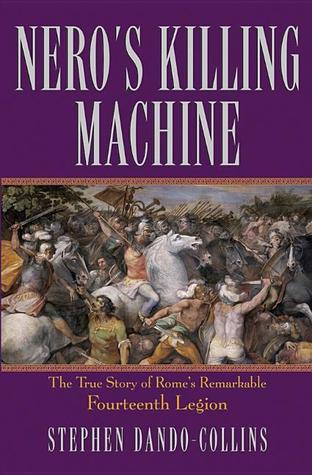 I’m not sure if I should add a point or take it away for the fact that this had to be a difficult book to write. A history of a single Roman military legion is simply faced with an enormous problem: How do you make the story of what are actually many armies over hundreds of years into a unified story of an army, as if it were one living breathing beast? As one of the last chapters admits, the men of the early 14th legion would have sneered at the bearded, married, business-owning, involved-in-local-politics later legion that dared to share the same name as their beloved legion that ferociously banned all those things. This central difficulty is made worse by a peculiarity of how Rome recruited and fielded its legions: men signed up for 16- or later 20-year stints, after which they retired. Granted, some men would stay in, and be moved to the upper ranks, but the vast majority of each legion simply left. An entire new army was formed of green recruits every 20-ish years. (And you did NOT want to go into battle with that baby army for a while!) So how is this army with massive periodic turnover to be treated as the same army in one story over centuries? How do you successfully tell that story?
I’m not sure if I should add a point or take it away for the fact that this had to be a difficult book to write. A history of a single Roman military legion is simply faced with an enormous problem: How do you make the story of what are actually many armies over hundreds of years into a unified story of an army, as if it were one living breathing beast? As one of the last chapters admits, the men of the early 14th legion would have sneered at the bearded, married, business-owning, involved-in-local-politics later legion that dared to share the same name as their beloved legion that ferociously banned all those things. This central difficulty is made worse by a peculiarity of how Rome recruited and fielded its legions: men signed up for 16- or later 20-year stints, after which they retired. Granted, some men would stay in, and be moved to the upper ranks, but the vast majority of each legion simply left. An entire new army was formed of green recruits every 20-ish years. (And you did NOT want to go into battle with that baby army for a while!) So how is this army with massive periodic turnover to be treated as the same army in one story over centuries? How do you successfully tell that story?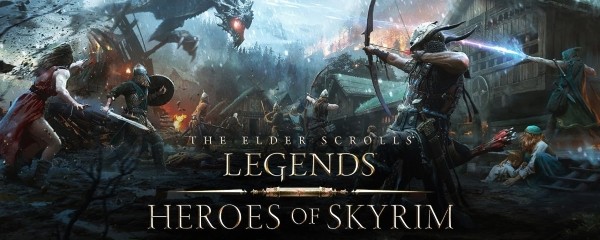

 The Definition of Nostalgia.
The Definition of Nostalgia.